Are you looking for some Groundhog Day activities to use with your class? Is your class excited to know if Groundhog Phil sees his shadow? Are they eager to hear that winter is almost over? As we near Groundhog’s Day with all the superstition and folklore, I have always wanted to dig deeper (pun intended) than what the great Prognosticator forecasts. So I decided to do a little research and learn more about this infamous rodent of Punxsutawney.
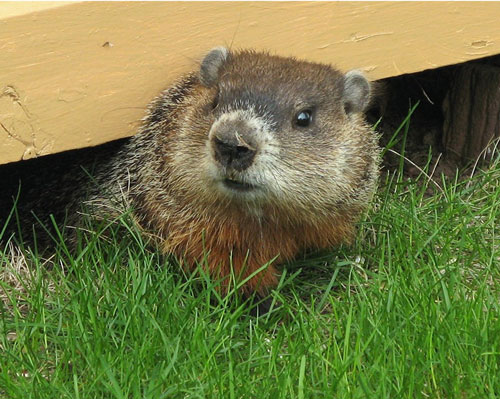
Groundhog Phil the Famous Forecasting Groundhog
The oldest and most famous groundhog is Punxsutawney Phil. People flock to Gobbler’s Knob in the tiny town of Punxsutawney, Pennsylvania every February 2nd to find out if Phil sees his shadow. According to the folklore, if Phil sees his shadow, winter will continue. If he doesn’t see his shadow because the skies are overcast, then spring is supposed to arrive early. As a fellow Pennsylvanian, I always chuckle at the likelihood there will be enough sunshine to cast a shadow. So it isn’t a surprise to me that Phil has only a 39 percent accuracy rate. You and I could flip a coin and have better odds!

Activity 1 – Probabilty Math Game
Use this fun math activity to start your math lesson. Fill a brown paper bag with 5 yellow cubes and 5 blue cubes. If you have enough materials. make several bags. Lego bricks would work too.
Each student will need a piece of paper or a dry erase board to tally their results. Have the students take turns pulling out one cube from the bag without looking. On the paper, make a tally mark to indicate if the cube was blue or yellow. Place the cube back in the bag. Shake it up. Repeat this process 10 times. Finally, have the students look at their data. More blue cubes mean more winter. More yellow cubes mean spring is near!
How Did Groundhog Day Start?
In the Nothern Hemisphere, February 2nd is the halfway point between the winter solstice (December 21st) and the spring equinox (March 20th). The early Pennsylvanian settlers from the 18th and 19th centuries looked at nature to help them predict the weather. They were mostly farmers. So they needed to know when it was the best time to plant their crops. Based upon a German tradition, they believed that a sunny February 2nd meant another 40 days of cold wintery weather. In Europe, the hibernating animal connected to this forecast was the badger. Since Pennsylvania didn’t have badgers, they choose the groundhog instead.
Activity 2 -Which Do You Prefer?
Everyone has an opinion when it comes to the weather. Some like it hot. Some like it cold. Me, I like it warm. So let’s capitalize on that in the form of a quick write. To launch this activity, have the students line up single file. Then ask the class, “Which do you prefer, spring or winter? If you prefer winter, step to your left. If you prefer spring, step to your right.” After checking out where everyone landed, they are ready to defend their position (pun intended).
Give this sentence starter: I prefer _________________ because _______________. The student needs to give 3 reasons why they think their season is better.
Once they are done writing, it’s share time. Ask if anyone wants to share what they wrote. Once they are finished, ask if someone chose the other season. Have them share what they wrote. If you wish, you can begin to discuss how to write strong supporting details. My class LOVED our opinion debates!
Where Do Groundhogs Live?
Groundhogs have thick claws and strong front legs. They use them to build underground tunnels called burrows. Their burrows are more than just a hole in the ground. Some burrows can be six feet deep and spread more than the length of a school bus! Groundhogs build several different areas called chambers. Each chamber has a different purpose. Groundhogs will hibernate deep inside their burrow in the winter months.
Activity 3 – Create An Underground Burrow

Want to incorporate a bit of science too? Have your students make a cutaway of a groundhog burrow! The templates for this project can be copied onto construction paper. You can get all the templates and directions below!
Activity 4 – Directed Drawing of a Groundhog
A favorite activity of my 2nd graders is directed drawings. We are VERY fond of the lessons by Art for Kids Hub. This father and son duo make drawing fun. You can check them out by clicking on the image below.
Activity 5 – What Do You Know About Groundhogs?
A quick activity to do when you only have 5 minutes is a true or false game. It makes a great brain break activity too. Simply read one of these statements. If they think it is true, stand up. If they think it is false, stay in your seat. Here we go:
- Groundhogs can climb trees. (true)
- Groundhogs and woodchucks are the same animals. (true)
- Groundhogs are related to squirrels. (true)
- Groundhog teeth never stop growing. (true)
- Groundhogs are part of the rodent family. (true)
- Groundhogs eat insects. (true)
- Groundhogs eat plants. (true)
- Groundhogs can swim. (true)
I hope you find a few of these ideas helpful ways to spruce up your Groundhog Day activities. Please share your favorite thing to do on Groundhog Day in the comment section.
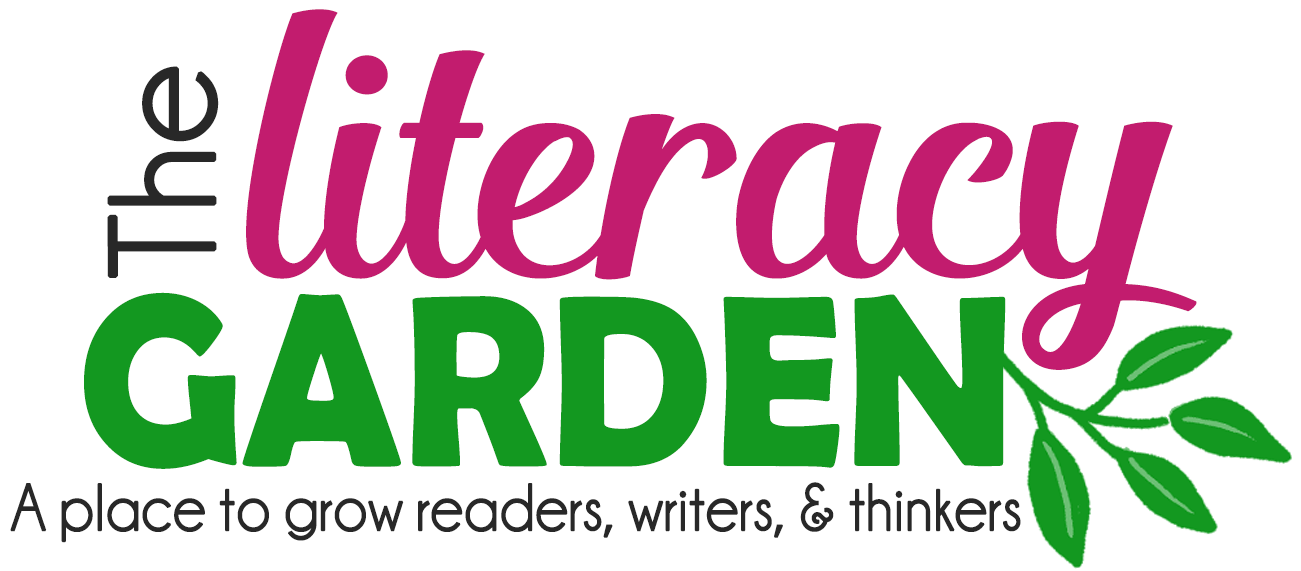


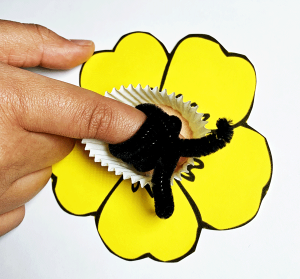
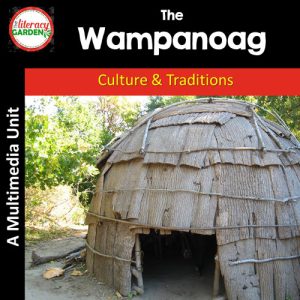


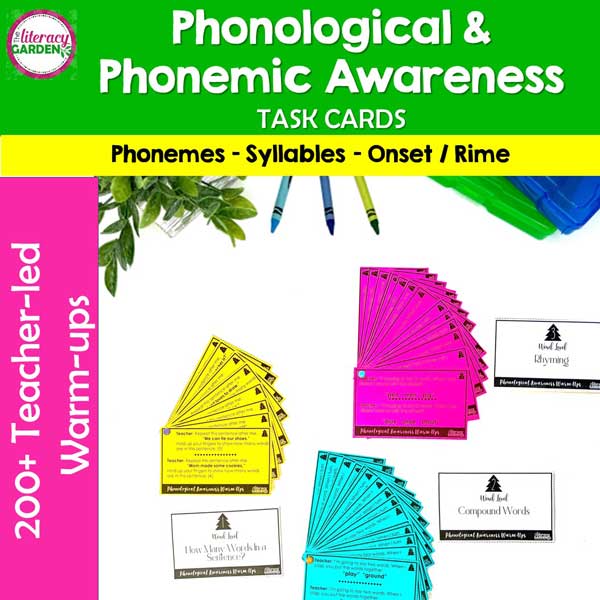
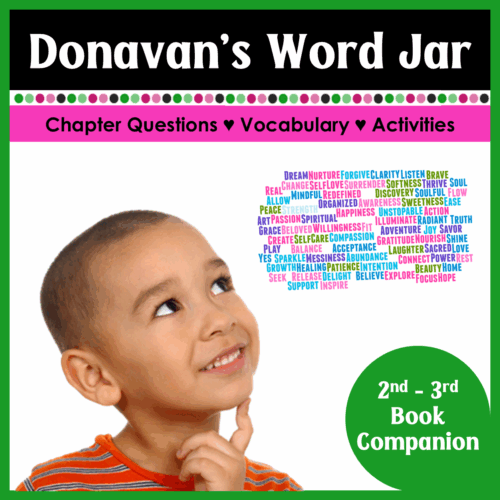

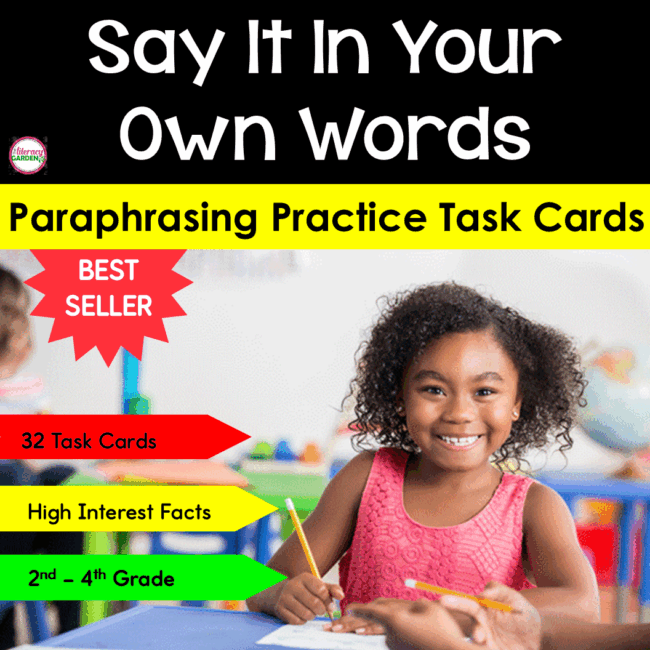
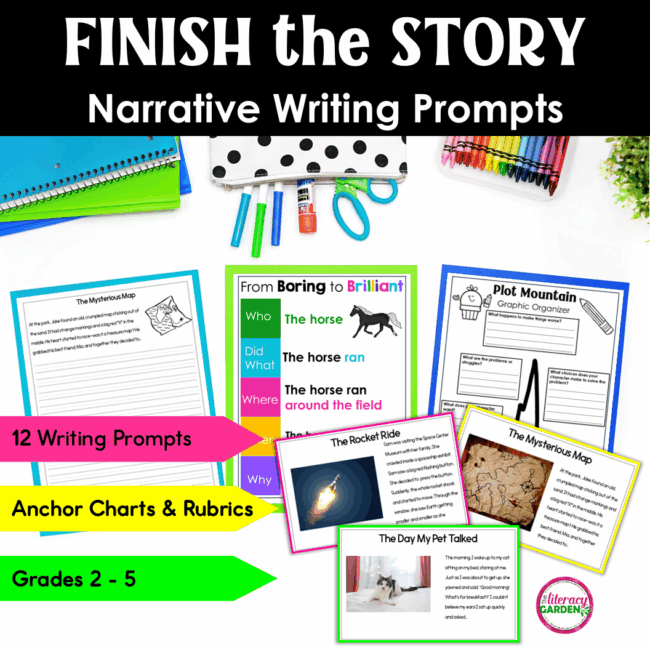
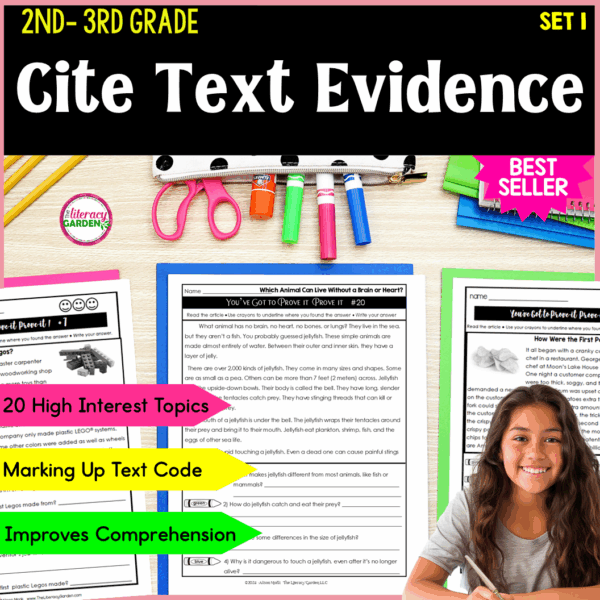
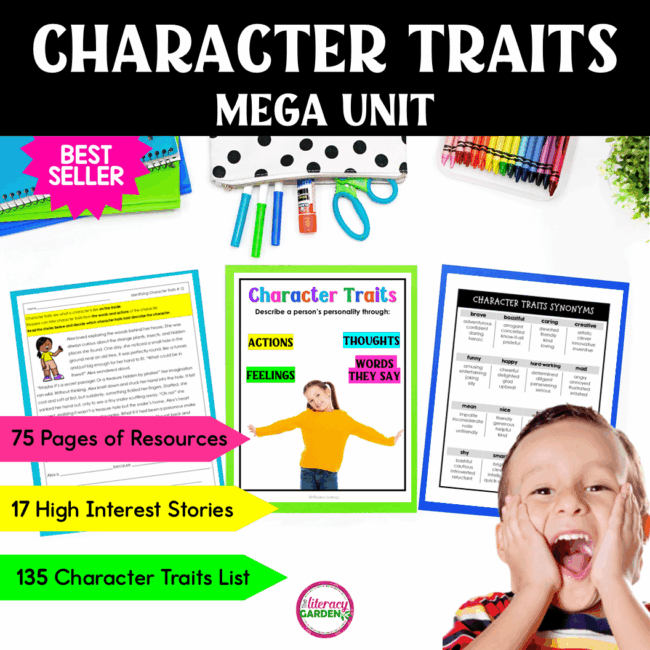

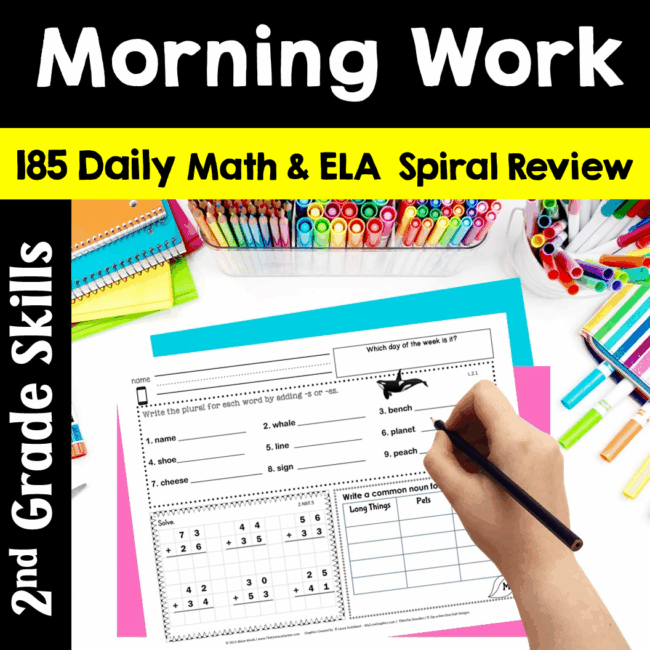


No Comments